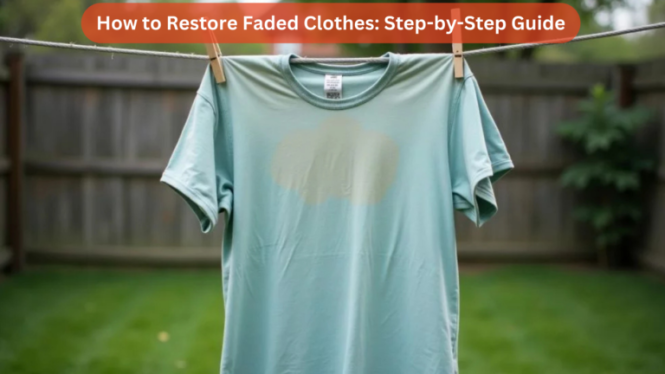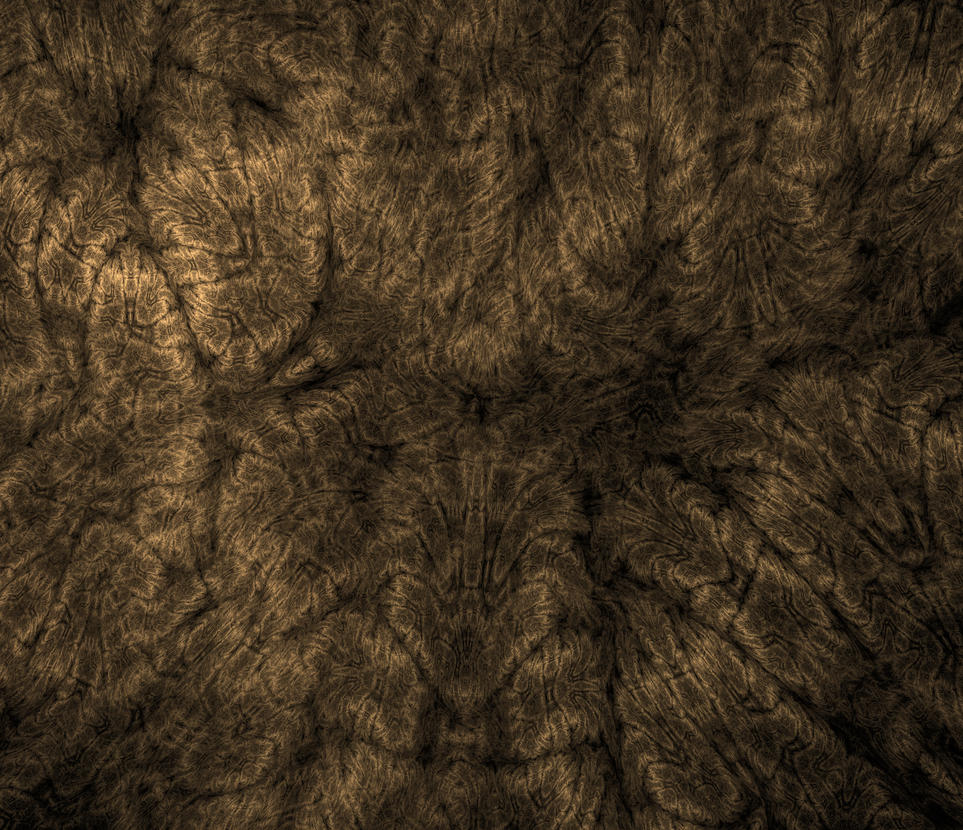

Repairing faded fabric decor is a simple and often rewarding process. Whether your cherished curtains are losing their vibrancy, or your sofa’s upholstery has dulled with time, understanding the right techniques can breathe new life into your textiles. Imagine the warm feeling of a room transformed by vibrant, renewed fabrics, adding personality and warmth to your home’s ambiance. This guide will walk you through the steps of repairing faded fabric decor, from basic cleaning methods to more involved strategies. We’ll delve into the reasons why fabrics fade, and explore a spectrum of techniques for rejuvenating your prized possessions, ensuring your home’s elegance and warmth are maintained for years to come. In this article, we’ll cover everything from the initial assessment and selection of appropriate cleaning methods to more advanced strategies for revitalizing your home’s décor.
Understanding the Causes of Fabric Fading
Factors Affecting Fabric Color
Fading in fabrics is a common issue, impacting everything from curtains to upholstery. Several factors influence how quickly and dramatically fabrics lose their vibrancy. Understanding these causes is crucial in devising an effective repair strategy. Exposure to sunlight is a key culprit. Ultraviolet (UV) rays from sunlight degrade the dye molecules in the fabric, causing a gradual loss of color. Similarly, strong detergents, prolonged moisture, and heat can all contribute to fading. Additionally, certain materials are more prone to fading than others. Natural fibers like cotton and linen often fade more readily than synthetic fabrics like polyester or nylon. Improper storage conditions can also accelerate fading, exposing textiles to excessive moisture or light.
Assessing the Damage
Evaluating the Extent of Fading
The first step in repairing faded fabric decor is a thorough assessment. This involves scrutinizing the fabric to determine the level of fading and identifying any underlying damage. Look for discoloration patterns and note whether the fading is uniform across the fabric or concentrated in specific areas. Determine whether the fading is superficial, or if the underlying fibers have been damaged. This initial analysis guides the choice of the appropriate repair method. Consider the fabric’s material, the cause of the fading, and any other factors such as the presence of stains or tears. A thorough inspection is crucial to developing an effective restoration plan.
Gentle Cleaning Methods
Basic Fabric Cleaning Techniques
Before resorting to more intensive methods, consider basic cleaning techniques to address minor fading. For delicate fabrics, a gentle hand wash using a mild detergent specifically formulated for the material is often sufficient. Soak the fabric in lukewarm water, using a soft sponge or cloth to gently agitate and remove dirt and discoloration. Ensure the water is not excessively hot, as this can accelerate the fading process. Test any cleaning solution on a hidden area first to avoid further damage or unwanted reactions. Rinse the fabric thoroughly, and allow it to air dry away from direct sunlight. Consider professional cleaning for heavily stained or severely faded items.
Advanced Cleaning Techniques
Deep Cleaning for Extensive Fading
For more significant fading, professional cleaning or more intensive methods might be needed. Consult with a professional textile cleaner who specializes in faded fabrics. They can use specialized equipment and techniques to effectively remove stubborn stains and restore color. Sometimes, applying a color-restoring solution, carefully tailored to the specific fabric type, can effectively revitalize faded textiles. If you prefer a DIY approach, follow the manufacturer’s recommendations if provided. Employing a gentle, fabric-specific solution and using the right technique can bring back the vibrant colors in fabrics. Remember, prevention is also crucial. Regular care can prevent future fading.
Repairing and Restoring Faded Fabrics
Specific Fabric Treatments
Repairing faded fabrics often depends on the fabric type and severity of fading. For silks and delicate fabrics, professional treatment is recommended. If the fading is due to surface discoloration, gentle cleaning and fabric refreshers might suffice. For deeper staining or more extensive fading, consider restorative methods such as color-restoring solutions or professional dyeing. Always remember to test any new solution on a hidden area of the fabric first. Carefully follow the manufacturer’s instructions, and seek professional help when needed.
[“How often should I clean my fabric decor to prevent fading?”,”What are some of the best home remedies for removing fading from fabric?”, “Can I repair faded fabrics myself, or should I always seek professional help?”,”What are some tips for preventing future fading on my fabric decor?”]
In conclusion, reviving faded fabric decor is a rewarding process that requires attention to detail and the right techniques. By carefully assessing the damage, choosing the appropriate cleaning method, and applying the right care, you can restore your beloved textiles to their former glory. Remember to always test any cleaning solution on a hidden area first, and prioritize gentle handling. With these tips, you’ll confidently revitalize your faded fabric décor, making your home look its absolute best. Now go forth and give your textiles new life! For more guidance and specific cleaning tips, visit our website or contact us.